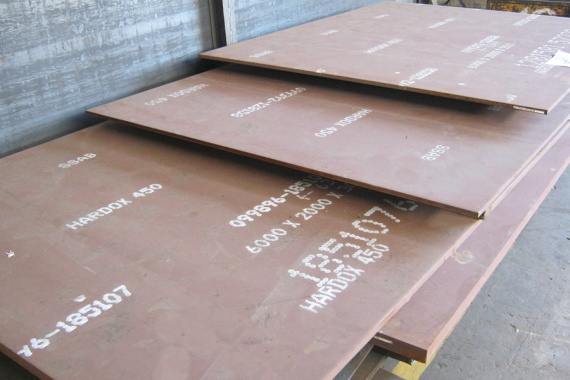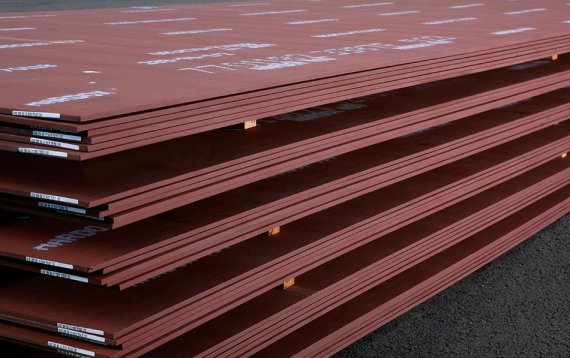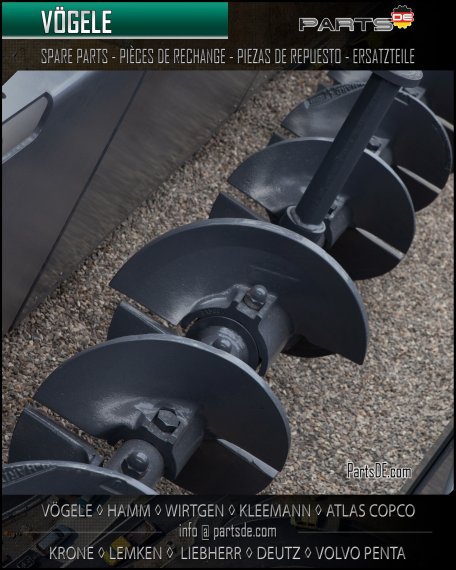
Unlocking Excellence with Hardox High-Strength Steel: Advantages and Industry Applications

Advantages of Hardox High-Strength Steel:
In the realm of industrial materials, Hardox high-strength steel has emerged as a stalwart, revolutionizing the way manufacturers approach durability and performance. Developed by the Swedish company SSAB, Hardox is renowned for its exceptional hardness, toughness, and wear resistance. This article explores the advantages of Hardox steel and delves into its diverse applications across various industries.
Exceptional Hardness. At the core of Hardox's prowess lies its unparalleled hardness, measured on the Brinell scale. This attribute ensures that structures and components made from Hardox steel withstand abrasive forces, providing extended service life and reduced maintenance costs.
Superior Toughness: Hardox steel combines high hardness with exceptional toughness, a unique combination that fortifies structures against impact and dynamic loads. This characteristic is particularly crucial in industries where heavy-duty equipment is subjected to rigorous working conditions, such as mining, construction, and forestry.
Outstanding Wear Resistance: The wear resistance of Hardox steel is a game-changer for industries dealing with abrasive materials. Components made from Hardox maintain their integrity even in harsh environments, reducing downtime and enhancing overall operational efficiency.
Reduced Weight, Increased Payload: The high strength of Hardox steel allows manufacturers to design lighter structures without compromising on performance. In industries like transportation and logistics, this translates to increased payload capacity and fuel efficiency, contributing to sustainable and cost-effective operations.
Versatility in Fabrication: Hardox's versatility extends to its ease of fabrication, allowing manufacturers to shape and mold it into intricate designs without sacrificing its inherent strength. This adaptability opens up possibilities for innovative engineering solutions in various applications.


Industry Applications of Hardox High-Strength Steel:
Industry Applications of Hardox High-Strength Steel:
-
Mining Equipment:
In the mining industry, where abrasive materials and heavy loads are commonplace, Hardox steel finds extensive use in the construction of buckets, truck bodies, and excavator components. The wear-resistant properties of Hardox enhance the durability of these components, reducing the need for frequent replacements.
Example: Hardox 450 is often employed in the fabrication of mining truck bodies, offering a robust solution that withstands the abrasive impact of ore and rocks.
-
Construction Machinery:
The construction sector benefits from Hardox steel in the manufacturing of components like buckets, blades, and hammers. Its high hardness and toughness contribute to prolonged equipment life and enhanced productivity on construction sites.
Example: Hardox 500 is commonly used in the construction industry for the fabrication of excavator buckets and wear plates, ensuring longevity in demanding applications.
-
Transportation and Automotive:
In the transportation industry, Hardox steel plays a crucial role in the fabrication of trailers, truck bodies, and containers. The reduced weight and increased strength contribute to improved fuel efficiency and payload capacity.
Example: Hardox 600 is utilized in the production of truck trailers, providing a lightweight yet robust solution that meets the demanding requirements of the transportation sector.
-
Agricultural Machinery:
Hardox's wear resistance and toughness make it an ideal material for components in agricultural machinery. Equipment such as plow blades, harrows, and seed drills benefit from the durability and longevity offered by Hardox steel.
Example: Hardox 400 is commonly used in the agricultural sector for manufacturing plow blades that endure the abrasive conditions of soil cultivation.

Below is a table showcasing various Hardox steel grades, along with their respective hardness levels and key characteristics
This table provides a quick reference for engineers and manufacturers to compare different Hardox steel grades based on hardness levels and key characteristics, aiding in the selection of the most suitable grade for specific applications.
|
|
Steel Grade | Hardness (HBW) | Key Characteristics |
|---|---|---|---|
|
#1 |
Hardox 400 | 370-430 |
- Enhanced hardness and toughness - Well-suited for construction and mining components - Used in truck bodies, buckets, and hoppers |
|
#2 |
Hardox 450 | 425-475 |
- Heavy-duty performance with high hardness - Catering to construction and material handling applications - Applied in excavator buckets, cutting edges, and demolition |
|
#3 |
Hardox 500 | 470-530 |
- Heavy-duty performance with high hardness - Catering to construction and material handling applications - Applied in excavator buckets, cutting edges, and demolition |
|
#4 |
Hardox 600 | 570-640 |
- Apex of wear resistance, ideal for severe abrasion - Primarily used in mining for chutes, crushers, and sieves - Ensures extended service life in harsh conditions |
|
#5 |
Hardox HiTuf | 350-540 |
- Designed for applications involving elevated temperatures - Offers a unique combination of hardness and toughness - Suited for industries like cement manufacturing |
|
#6 |
Hardox Extreme | 600-720 |
- Pushes the boundaries of wear resistance to extreme levels - Engineered for harsh environments like quarries and mines - Ideal for cutting edges, liners, and high-wear components |